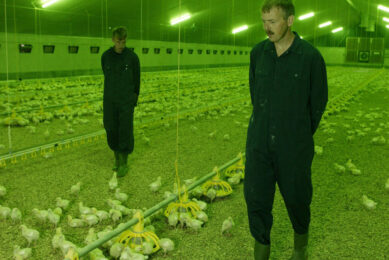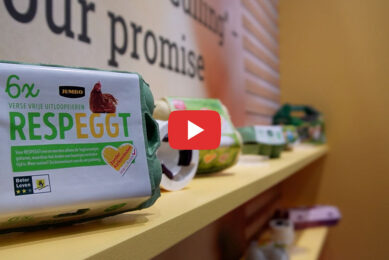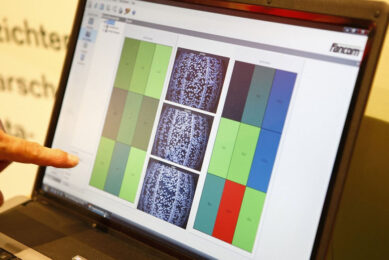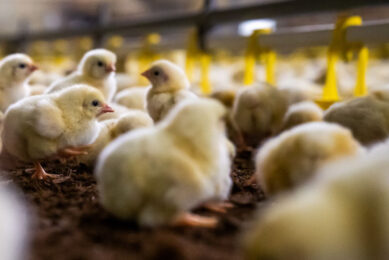Rethink golden rules of incubation
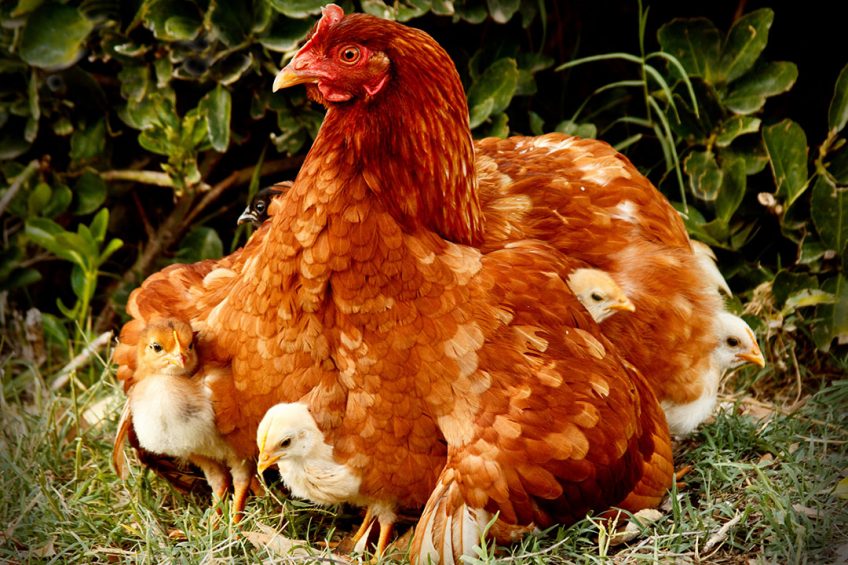
Have you ever found yourself blindly following the classic incubation rules in your hatchery? Be careful: those ‘golden rules of incubation’ are great as a guidance, but your incubation results might be affected by a lack of accuracy in those rules. You might be doing a good job, but you also might be missing the bigger picture.
For many years now, the rules of commercial incubation have been derived from the multi-stage methodology, with all the limitations and compromises associated with this system. Whilst these rules are essential, it is time now to review and refine them, so they suit the more precise and totally flexible single-stage incubation method. Let’s have a look at some of the current rules.
“CO2 is harmful above 0,45%”. This is a first rule many hatchery managers apply. Although this rule is correct in the exothermic phase, it is not in the endothermic phase. In other words, it is all about the context. More CO2 in the phase of vascular development can improve the entire vascular and heart development and affect post-hatch performance.
Another example is the rule of “12% weight loss being important for good hatchability”. When we look at the results of our trials, we see that this is not entirely correct. Instead, we see that the specific gravity (shell porosity and density) is key in this context.
The same goes for this last example: “Immediate access to feed and water is important for post-hatch performance and chick welfare.” This too is not correct: it’s just a matter of timing. Immediate access is not necessary, giving access to feed and water on the right moment is. Let’s dig a little deeper into this.
Rethinking “early feeding”
Extensive comparative trials over the past 18 months have clearly shown that there is an optimum time to feed chicks (Figure 1). The fact of the matter is: if you have less than ideal incubation conditions, this results in a wide hatch window. In these circumstances, it goes without saying that immediately fed and watered chicks will be better performers.
Figure 1: The optimum point for feed is the moment where the hatching timelines for all new born chicks coincide: not too late for the early hatchers and not too soon for the late ones.

But what happens if we don’t give access to feed and water immediately? When asking this question, people tend to think of disastrous consequences in terms of animal welfare while in fact, there is no reason to panic. Only after more than 48 hours without feed and water, we see a negative effect on the performance of the chicks and even after more than 72 hours, we still see no significant effect on mortality. Of course, we don’t have to wait that long, but this proves the fact that the chicks don’t need it immediately after hatching.
Using nature as a reference
What it all boils down to is that the inspiration for our solutions is actually right in front of us: nature. Petersime uses nature as a reference for performance optimisation and product development. The research and development team mainly focuses on maximum hatch and post-hatch performance with bird welfare as an equally key criterion. This has resulted in several solutions mimicking nature as from storage until post-hatch. First of all the BioStreamer Re-Store replicates the clutch building activity of the mother hen. Secondly the Dynamic Weight Loss System (DWLS) mimics the level of attentiveness of the parent bird. Furthermore, the OvoScan continues the replication of the attentiveness and real-time temperature control of the parent bird and lastly Synchro-Hatch imitates the stimulus experienced by the hatching egg in the nest environment.
All in all, we can be the “perfect parent” thanks to single-stage incubation with Embryo-Response Incubation technologies. By understanding the interaction between the parent bird and the embryo/hatchling and the early post-hatch activities, we can achieve optimum chick quality and ultimate post-hatch performance. This leads us to our ultimate goal: maximum profit for life, hand in hand with nature.




